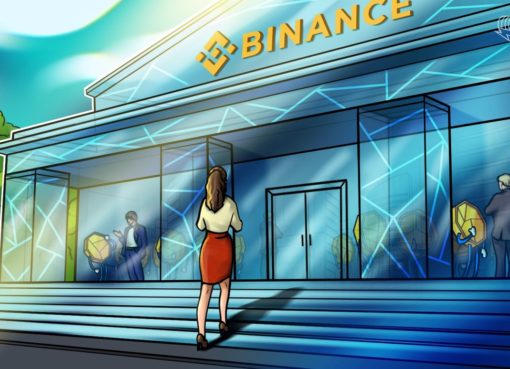Hyperledger Fabric released version 2.0 of its enterprise distributed ledger technology (DLT) platform, according to a Jan. 30 announcement. Several major features were added to the platform that improve how its different participants communicate with each other.
Hyperledger Fabric is one of the several products of the Hyperledger consortium, which features dozens of important industry players and is primarily backed by IBM.
Fabric is a private or “permissioned” blockchain network that is used in industries such as finance and supply chains. It allows companies to control access to their networks and keep sensitive data private, while enabling some cross-industry cooperation through dedicated channels and verifiable smart contracts.
Version 2.0 made some notable improvements to decentralization by adding a new management system for chaincodes, Fabric’s term for smart contracts. Multiple organizations can now agree on key parameters of a chaincode, which can then be used on the shared ledger.
In addition, chaincodes can be tweaked by single organizations before being committed to the ledger, which ensures that everyone agrees on what data can be shared with each other.
Data sharing has also been streamlined to work on a need-to-know basis. Organizations can now choose to share data privately with specific members of their immediate network, which removes the need to define complex channel combinations to do the same.
Finally, several performance improvements were introduced, involving parallelization of tasks and more efficient program flows. Hyperledger claims that this allows the network to support thousands of transactions per second.
What is Hyperledger Fabric?
Fabric is a highly modular DLT platform that was designed for use in industries. Unlike public blockchains, it answers to the need for businesses to maintain secrecy in their operations. For example, it allows users to customize the price of a product for each client, with none of them knowing what the others are paying for it.
At the same time, Fabric can facilitate cooperation between different industry players with its shared ledger. Companies are allowed to choose which data they want to disclose, while the validity of secret data is ensured through cryptographic mechanisms.
On a technical level, Fabric is extremely flexible. Consensus between organizations can be reached in a variety of ways, while smart contracts can have multiple architectures — those similar to Ethereum, Bitcoin, or even completely different types.
Smart contracts can be programmed in mainstream languages such as Go, Java and Javascript, in addition to Solidity.
As an enterprise product, it features rolling and asynchronous upgrades, which is similar to how mainstream software works.
Fabric recently overtook its competitors in terms of development activity.




